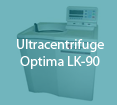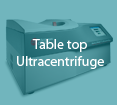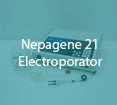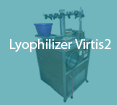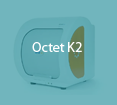|
The Nepagene electroporator is ideal for difficult-to-transfect cells such as primary cells, stem cells, immune cells, blood cells, etc.
The novel technology of 4-step pulse with voltage decay results in higher transfection efficiency and higher viability without need for special buffers.
1) Poring Pulse Mode:
This poring pulse is for forming pores (small holes) in cell membrane with minimum damage.
2) Polarity Exchanged Poring Pulse:
This can be applied to tissue transfection as well.
3) Transfer Pulse Mode:
This transfer pulse is for delivering the target molecules (DNA, RNA, etc.) into cells with minimum damage.
4) Polarity Exchanged Transfer Pulse:
This can increase the transfection efficiency.
NEPA21 Applications:
In Vitro Transfection
-
Into difficult-to-transfect cells such as primary cells, stem cells, etc.
-
into any cell lines.
-
with electroporation cuvettes.
-
with cell-culture-plate electrodes for cells in adherence .
In Vivo Transfection
-
Into mouse/rat brain, eye, muscle, skin, liver, kidney, testis, etc.
-
with in-vivo electrodes .
In Utero Transfection
-
Into mouse/rat embryos: cerebral cortex, hippocampus, spinal cord, etc.
-
with in-utero electrodes.
In Ovo Transfection
Ex-Vivo Transfection
-
Into explants, brain slices, organs, whole embryos, etc.
-
with ex vivo electrodes.
Cuvettes for in vitro tranfection can be purchased at the unit.
|
|
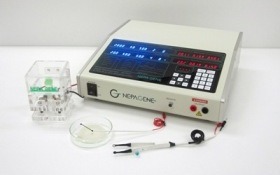
|




